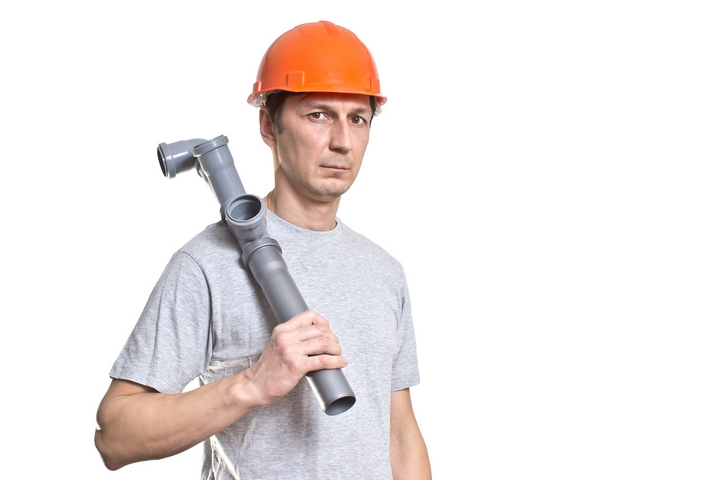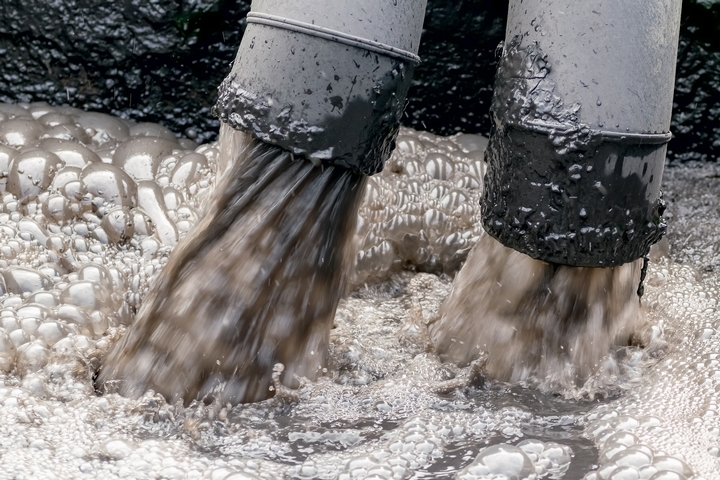The sewer system is a very important aspect of your home. Drains from your toilets, showers, and sinks take water that has been disposed of through a pipe system and inserts it into a municipal sewer system. When the system is in good shape, it works efficiently.
When it is not, the wastewater has nowhere to go and can back up into your home or onto the property, leaving a disgusting mess. This can be caused by drain clogs, broken pipes inside and outside of the home, or sewer line collapses. Below are the best ways to prevent sewer backup in your house. If you do not, you will be having to call a plumber before you know it.
1. Backwater valves

Sewer pipes are only meant to drain wastewater away from your home. When it starts going the opposite way, it can back up into your home, leaving a path of damage and destruction. Consequently, many homeowners install backwater valves specifically for this reason.
Sewer backwater valves are installed on basement lines. They allow sewage to exit freely from your home, but the instant where it starts to reverse direction, the valve closes and prevents it from getting back in. Because they are typically installed directly at the exit point of your home, backwater valves prevent a last line of defence against sewer backup, protecting your basement and belongings from wastewater that will surely cause damage to anything in its path. More information can be found at Drain Rescue, which provides additional resources.
2. Drain traps

One easy and effective method of preventing backups is to prevent grease and food particles from going down your drain. These can cause blockages in your pipes and when wastewater is not able to penetrate them, it has nowhere to go but back up.
To combat the disposal of materials that can cause blockages in your drains, it is essential that you use drain traps on all sinks. These drain traps are small baskets that sit in the openings of your sink. By catching the bigger particles that probably will not break down in your drain, you can prevent blockages that will eventually lead to sewer backups.
3. Prevent clogs

In addition to grease and food particles mentioned, many other things can cause clogs in the drains of your home. These include hair and soap scum in your shower drains and feminine products and excess toilet paper in your toilets.
To prevent clogs that could result in sewage backups, be mindful of what you and your family are disposing of in your toilets. Remember that slow-draining sinks and showers are signs of minor clogs that can lead to backups. When this occurs, try and unclog it with a plunger. If this does not work, try a drain opener that is low on chemicals that could eat away at your pipes. In the event the drain opener does not work, call a plumber as soon as possible. He/she will have the tools and know-how to unclog your drain in a timely manner.
4. Perform inspections

Your drains seem to be draining ok with no signs of clogs or backup. However, this does not mean that there plumbing system is free of issues. Sometimes a visual inspection of your drain system is needed to determine if any problems are present.
Periodically, perform an inspection of your drain pipes. These are usually found in the basement since wastewater is deposited underground into a sewer system. If you notice water or cracking around a pipe, you may have a leak that could burst at any moment. Even if you do not see this, any water immediately below a pipe could be indicative of a problematic drain system. In both of these occurrences a plumber should be called to address the issue before wastewater backs up into your home.




